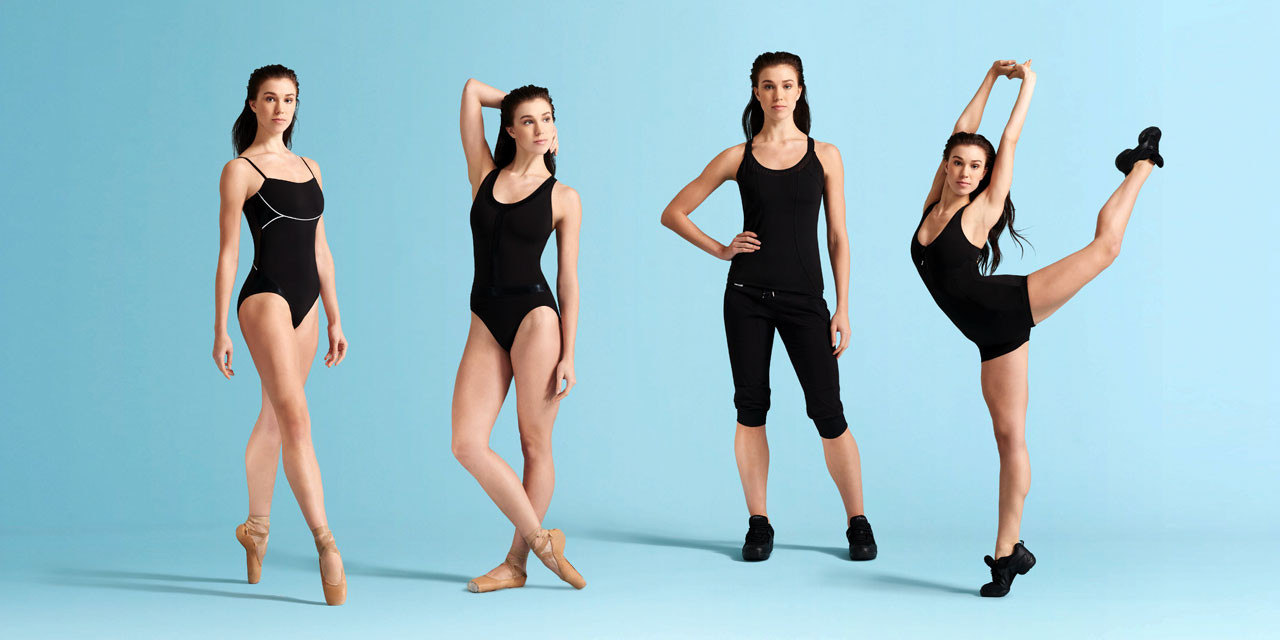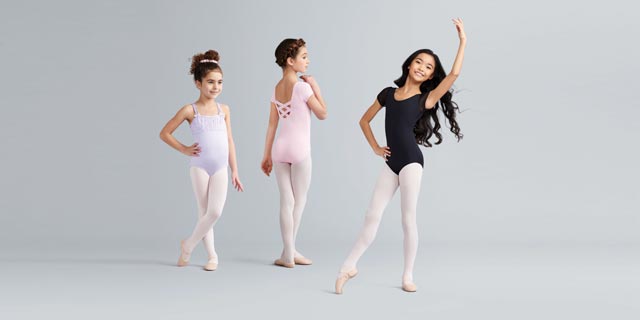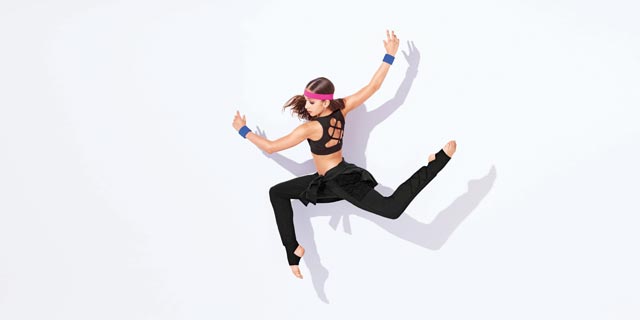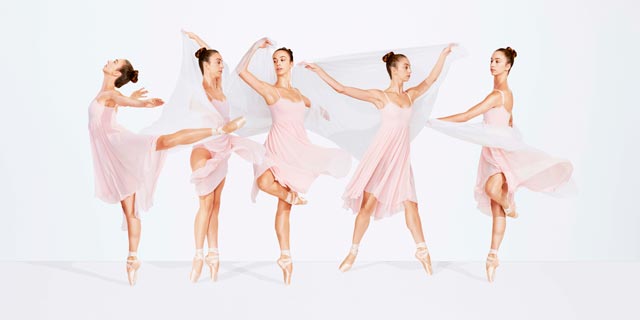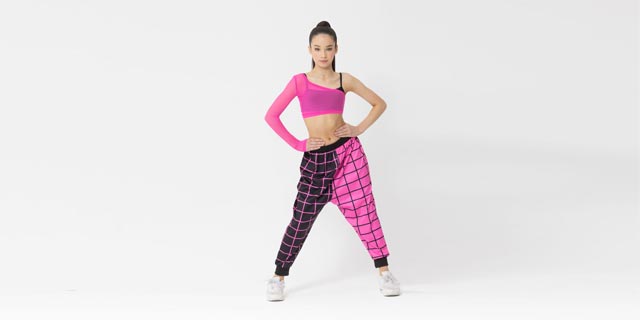Dancewear: Why There Are So Many Dance Styles to Choose From
Ever wondered why dancewear comes in such a wide variety of styles and materials? Whether you're a ballet dancer needing a leotard or a hip-hop artist looking for comfy pants, the right gear is crucial. Dancewear isn't just about looking the part; it's about enhancing your performance and keeping you comfortable through hours of practice. With brands like Bloch, Capezio, Claudia Dean, Energetiks, and Studio 7 Dancewear offering specialised outfits, there's something for everyone.
We'll explore the importance of choosing the proper dancewear and how it can make or break your experience. Ready to find your perfect fit? Let's get started!
Understanding Dance Styles and Their Specific Dancewear
Dancewear is not just about looks; it's a crucial element in dance that impacts performance, comfort, and expression. With many dance styles available, each requiring specific attire, the dancewear world is as diverse as the dance itself. Let's explore why there's such a variety in dancewear at Dance Direct and what makes each style unique.
Ballet
Ballet represents elegance and grace. Every performance focuses on form and technique. Ballet dancers need to wear tutus, leotards, and pointe shoes to ensure they move with precision. Tutus are not just beautiful; they highlight the dancer's lines and movements. Leotards provide a snug fit, allowing teachers and audiences to see the dancer's posture and alignment.
Jazz
Jazz dance combines the energy of ballet with more freedom of expression. Dancers tend to wear fitted tops or leotards and leggings. This attire offers the flexibility needed for dynamic routines that allow for a wide range of motion, enabling those sharp, energetic movements that characterise jazz. Jazz shoes are also essential, providing the right balance between grip and slide, allowing dancers to switch seamlessly between moves.
Tap
Tap dance has unique requirements because it focuses on rhythm and sound. Tap shoes are a dancer's most important tool. The metal plates on the toes and heels produce crucial sounds for tap routines to create that iconic tapping sound. Some styles incorporate more formal elements like vests or jackets, adding a touch of class to the performance. The attire is usually fitted but flexible. Pants or skirts that allow freedom of leg movement are standard, ensuring nothing gets in the way of those fast footwork beats.
Modern
Contemporary dancewear is all about fluidity and expression. Dancers often layer their clothing and use varied fabrics to enhance their movements. Loose tops, flowing skirts, and even footless tights are standard. This dancewear style allows for a wide range of motion, helping dancers convey emotions and stories through their bodies. The focus is on the dancer's form and the emotional expression of their movements.
Hip-Hop
Hip-hop dancewear is the most casual, often mirroring urban streetwear and expressive. Dancers usually wear baggy clothing, hoodies, sneakers, and sometimes even hats. The loose fit allows for a wide range of motion for hip-hop's high-energy routines. Comfort is key here. Sneakers offer the proper support for jumps and quick movements while adding to the dancer's street-smart look.
The Role of Dancewear in Performance
When it comes to dancing, what you wear isn't just about style—it's about performance. Dancewear is crucial for how well you can move, look on stage, and feel confident. Let's explore how proper dancewear can make all the difference.
Comfort and Fit
Imagine performing a complex routine in uncomfortable clothing that limits your movements. It sounds like a nightmare, right? That's why comfort and fit are crucial in dancewear. The right outfit should feel like a second skin, allowing you to move freely and gracefully.
Why is comfort crucial?
- Freedom of Movement: Well-fitted dancewear ensures your body can stretch, twist, and turn without restrictions.
- Moisture-Wicking: High-quality fabrics wick away sweat, keeping you dry and focused on your performance.
- Avoiding Injuries: Poorly fitting clothes can lead to tripping, slipping, or uneven movements, which increase the risk of injuries.
Investing in comfortable, well-fitted dancewear also invests in your performance and safety. It's like giving yourself the perfect tools to showcase your talent.
Visual Impact
Dance isn't just about movement; it's also a visual art. The proper dancewear can amplify the beauty of your performance and captivate the audience. Think of your outfit as part of the choreography.
How does dancewear create a visual impact?
- Enhancing Movements: Bright colours, flowing fabrics, and sparkling accents can make each move more vivid and dramatic.
- Cohesion with Choreography: Matching your outfit to the theme and mood of the performance helps tell a more compelling story.
- Audience Engagement: A visually striking costume can capture the audience's attention and make your performance memorable.
Picture yourself on stage, your costume shimmering under the lights, perfectly complementing your every move. That's the power of the proper dancewear.
In short, dancewear is more than just clothing; it's an integral part of your performance. It ensures you're comfortable, helps prevent injuries, and adds a visual flair that can elevate your dance to the next level.
Choosing the Right Dancewear
Choosing the Right Dancewear with Professional Guidance While finding the perfect dancewear is crucial for every dancer, the guidance of a professional dance teacher or dance store specialist can be invaluable. They can help you understand the importance of the right outfit, not only in boosting confidence but also in enhancing performance. Let's explore key considerations when selecting dancewear, focusing on material functionality and personal preferences with the added perspective of a professional.
Material and Functionality
Dancewear materials play a significant role in comfort and performance. When selecting dancewear, look for moisture-wicking and breathable fabrics. These materials help keep you dry and comfortable during practice and performances.
For instance, imagine dancing for hours without feeling sweaty or uncomfortable. This is possible with fabrics like:
- Moisture-wicking: These fabrics draw sweat away from the skin, keeping you cool and dry. This is essential for high-energy dance styles like jazz, hip-hop, and contemporary.
- Breathable materials: Fabrics that allow air to circulate can prevent overheating. This is particularly important for ballet and other styles that require long, intense sessions.
Both features ensure that your outfit stays fresh and you focus on your moves.
Fit and Style Preferences
Choosing dancewear that fits well and reflects your style can significantly impact your performance. Always consider your personal size and style preferences when making a selection. Here's how you can make sure your dancewear suits you perfectly:
- Know Your Measurements: Accurate measurements are key. Measure your bust, waist, hips, and seams to find the best fit.
- Try Different Styles: Dancewear comes in various styles, such as leotards, tutus, and dance pants. Try different options to see what feels best.
- Reflect Your Personality: Pick colours and designs that make you feel confident and joyful. Whether you love bold patterns or prefer classic styles, your dancewear should make you feel good.
Sizing and Colour Guides
A good fit is crucial. Ill-fitting dancewear can hinder movement and comfort. Always try before you buy. We welcome you to visit our dance store near Maroubra. You can also carefully consult the list of dance brand sizing charts provided. Consider alterations if necessary to achieve the perfect fit.
Dancewear colour is another factor to consider. Our brands provide apparel that adheres to industry-standard colours for the dance industry, ensuring perfect colour matches. We also offer colour guides from the dancewear brands.
Consider these questions when selecting your dancewear:
- Does it fit comfortably without being too tight or loose?
- Does the design make you feel confident?
- Is it suitable for the type of dance you engage in?
Choosing the proper dancewear is about more than just appearance. It's about enhancing your performance and making you feel great while you dance. Remember these tips, and you'll find the perfect outfit to help you shine on stage.
Budget Considerations
While it's tempting to splurge on the best dancewear, finding high-quality options within a budget is possible. Look for sales, discounts, and second-hand options. Sometimes, local dance schools offer second-hand dancewear at a fraction of the cost.
The Evolution of Dancewear
Dancewear has transformed considerably, moulded by cultural shifts, historical events, and contemporary trends. Let's explore how dancewear has evolved from its roots to today's modern styles.
Historical Influences
Dancewear has always reflected its time. In the past, social norms and cultural events heavily influenced what dancers wore.
- Ballet in the 16th Century: Ballet originated in the courts of Italy and France, and early ballet dancers wore formal court dresses. These ensembles were elaborate and restrictive, often limiting dancers' movements.
- Romantic Era (1830s-1850s): The Romantic Era introduced the iconic tutu. With its bell-shaped design, the tutu allowed more freedom for movement, which was ideal for the ethereal roles popular at the time.
- Early 20th Century: As ballet techniques advanced, so did the need for more functional attire. Leotards and tights, pioneered by French acrobat Jules Léotard, became standard. These tight-fitting garments provided the flexibility and comfort dancers needed.
- Jazz Age (1920s): The advent of jazz brought a new form of dancewear. With their loose fit and fringe, flapper dresses allowed for the energetic movements that jazz dancing required.
Historical influences also differ depending on the dance form. Spanish flamenco dancers wore traditional ruffled dresses, while African dance costumes were often adorned with elements of nature, reflecting their cultural significance.
Modern Trends
Today, dancewear continues to evolve, reflecting a blend of functionality and fashion. Contemporary dance styles demand versatility and innovation from dancewear designers.
- Function and Comfort: Modern dancewear prioritises comfort and moisture-wicking materials. Fabrics like spandex and Lycra provide the stretch and breathability needed for long rehearsals and intense performances.
- Inclusive Sizing: There's a trend towards more inclusive sizing. Companies now offer a wider range of sizes to cater to dancers of all body types, ensuring everyone can find comfortable and flattering dancewear.
- Sustainable Fashion: With a growing focus on sustainability, many dancewear brands now use eco-friendly materials. This shift reflects a broader cultural movement towards sustainable fashion, with organic cotton and recycled materials entering dancewear lines.
- Bold Designs: Modern dance styles often incorporate bold and unique designs. From neon colours and metallic fabrics to intricate cut-outs and mesh panels, today's dancewear is as much about making a statement as it is about functionality.
- Customisable Pieces: Many dancers now prefer customisable pieces. Personalised leotards and costumes allow dancers to express their style and flair on stage.
The evolution of dancewear is a testament to how dance reflects the times. As dance styles continue to develop, so will the attire, ensuring that every pirouette, leap, and shimmy is performed gracefully and comfortably.
Are You Ready To Choose Your Style Dancewear?
Dancewear is more than just clothing; it goes through much wear and tear, so material quality is essential. Opt for fabrics like spandex, Lycra, and high-quality cotton blends that offer durability and comfort. It's a vital part of the dancer's toolkit, impacting performance, comfort, and expression. By understanding the unique needs of different dance styles, dancers can make informed choices that enhance their practice and performances.
Investing in suitable materials will save money in the long run; the proper dancewear can make a difference.


 AUD (AUD)
AUD (AUD)
 USD (USD)
USD (USD)
 EUR (EUR)
EUR (EUR)
